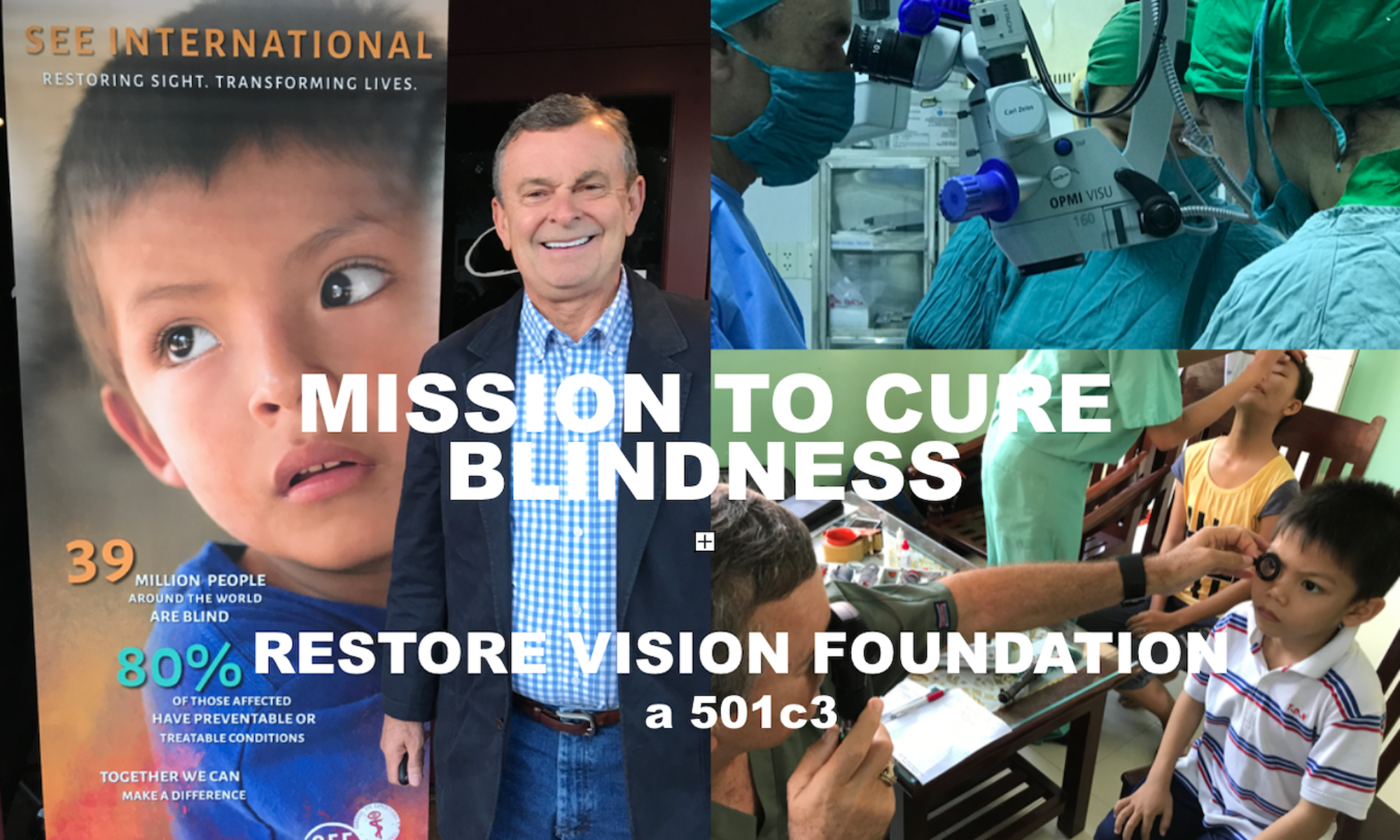Haiti: We can’t wait to Haiti to see what it is like.
From the comfort of our living room, we have been watching and hearing about Haiti for the last ten years. Nothing but one disaster after another. Haiti is ranked the poorest country in the western hemisphere. Read more to see what Haiti looks like today.

In 2008, multiple floodings from a number of strong tropical storms started to ravage Haiti.
In 2010, a massive earthquake hits Haiti with a magnitude of 7.0 and brought all major infrastructure of Haiti to its knees. The government buildings, the major hospitals, the schools and other facilities came crumbling down. Eighty percent of the people became homeless overnight. In the end, three hundred sixty thousand persons died. The educational system totally collapsed. Thousands of people were left homeless or living in makeshift tent cities.
October 2010, cholera broke out in Haiti. After many years, cholera took up to eight hundred thousand lives.
In 2015, Hurricane Mathew hit. Flooding caused the water be contaminated and the cholera situation got worse. It felt like what Mathew left behind, cholera will finish.
In 2017, Hurricane Maria landed in Haiti. one hundred more lives were taken.
Yet the people of Haiti continue their effort of rebuilding. Rebuilding their lives, rebuilding their homes, and replanting their fields of crops that feed their people.
Ed and I feel happy we can be a small part of this rebuilding effort by helping the blind see again and become productive members of society.
Here we are at the airport ready to board out flight.
We have to connect through Miami International Airport to get to the flight to Port Au Prince.
Once on the ground, we have to get our large suitcases and pray we get through customs without any problem. As foreigners, we have to pay ten dollars at the airport counter then line up for our passport check. Russ leads the way. All clear with our passports.
We head to the baggage claim. We get our bags. Russ gets his favorite helper, who can be seen here wearing the yellow vest. He can not speak so Russ likes to help him out with a nice tip for his help. He is a hard worker, he hustles through the pile of bags to retrieve ours and push them out for us. With all the correct answers, Russ got us through customs without any problems. And here we are heading outside the airport toward our car waiting for us in the parking lot.
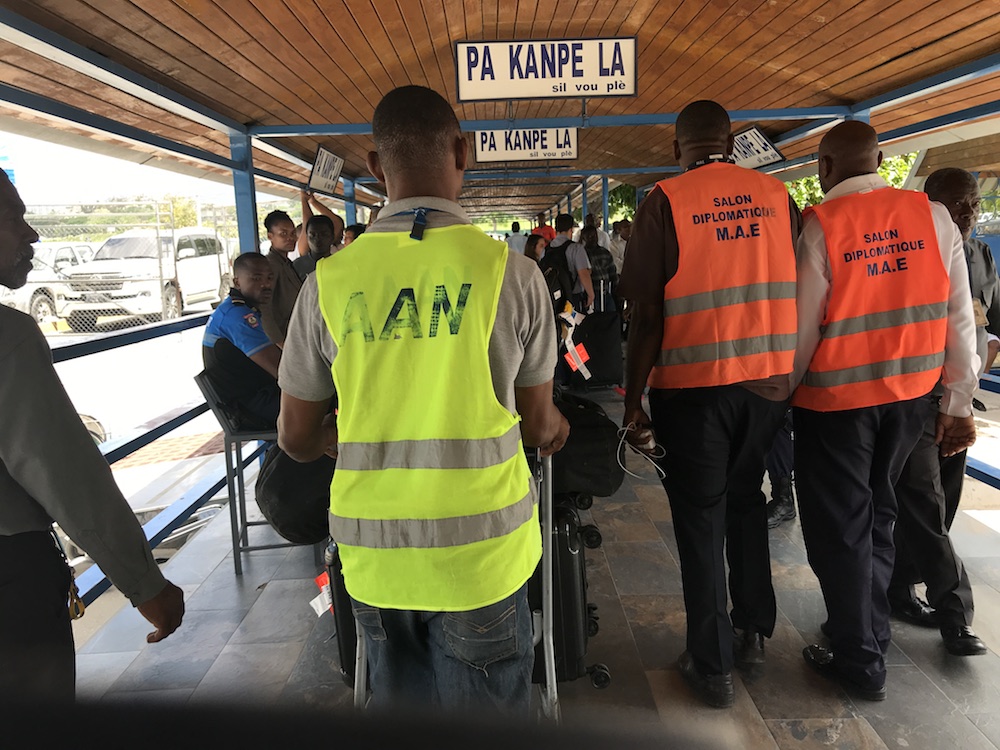
Here we are walking out of the airport to meet our driver James. You will notice a peculiar habit from some young people in Haiti: they were earphones as though they are listening to music but the other is not plugged into anything. It’s just to be cool. Many areas in Haiti don’t have power. It would be difficult to even charge a phone or iPod to listen to music. in a place where most people are struggling to have food to eat, they often do not have other toys.
With James leading the wait, we get our supplies to the car.
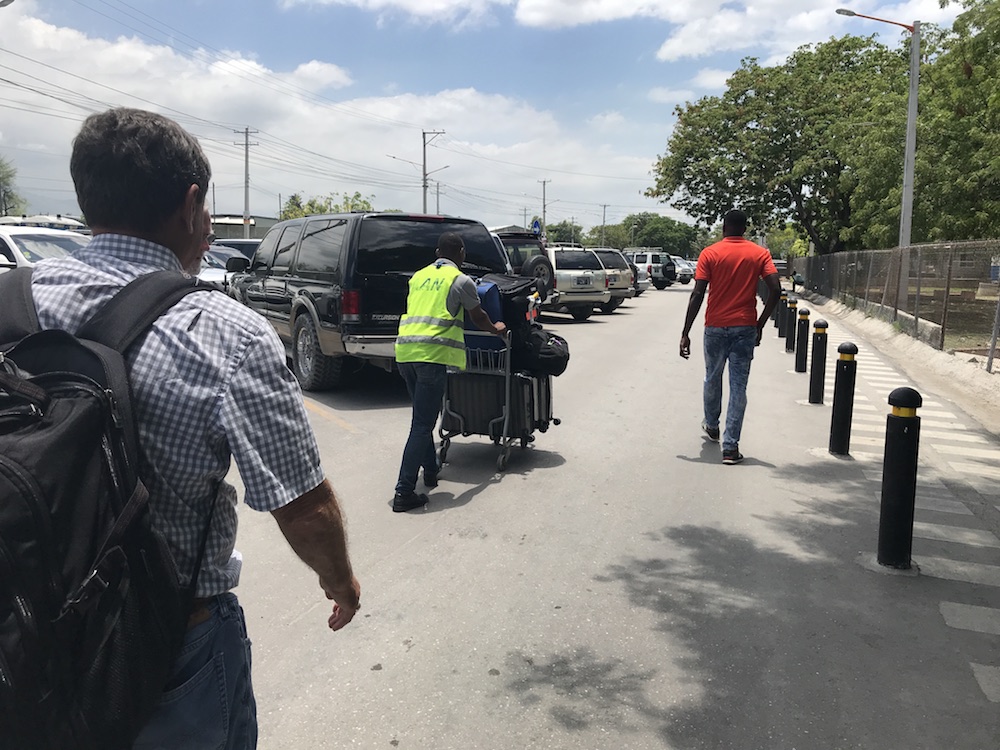
The bags are carefully loaded under the watchful eyes of Dr. Kondrot.
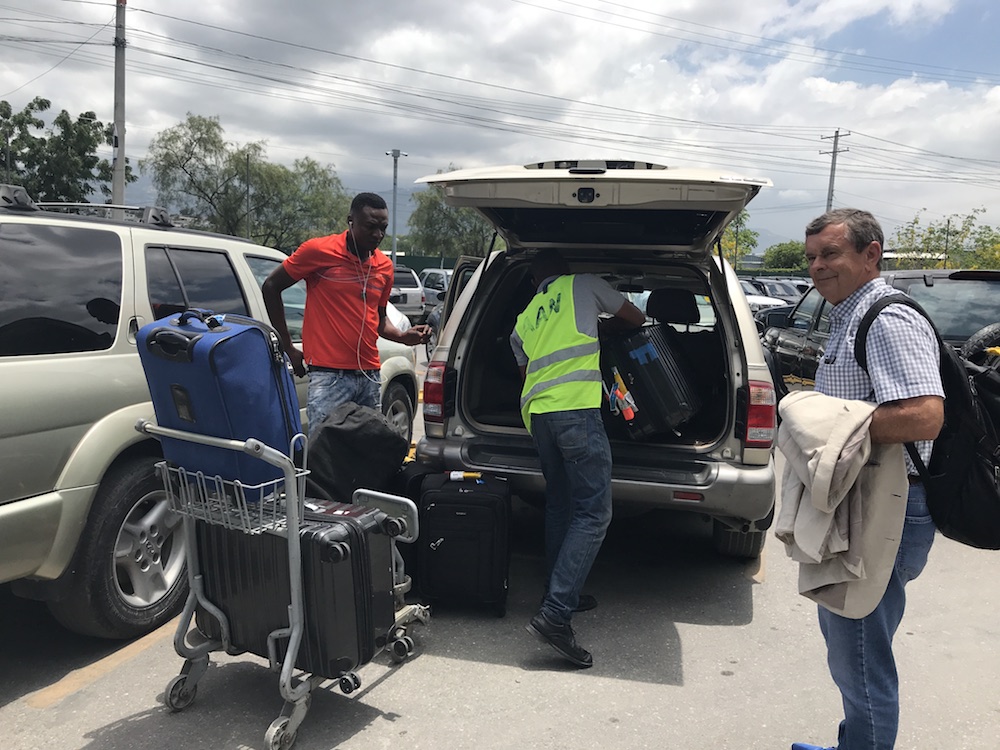
We drive out only for a few minutes and make a stop for a lunch break as we have been in flight and transit from 7 AM to 2 PM. We stop by a cafeteria near the airport. Here are Russ and James checking out what the choices are for today’s lunch. Notice James earphones even though they are not plugged into anything.
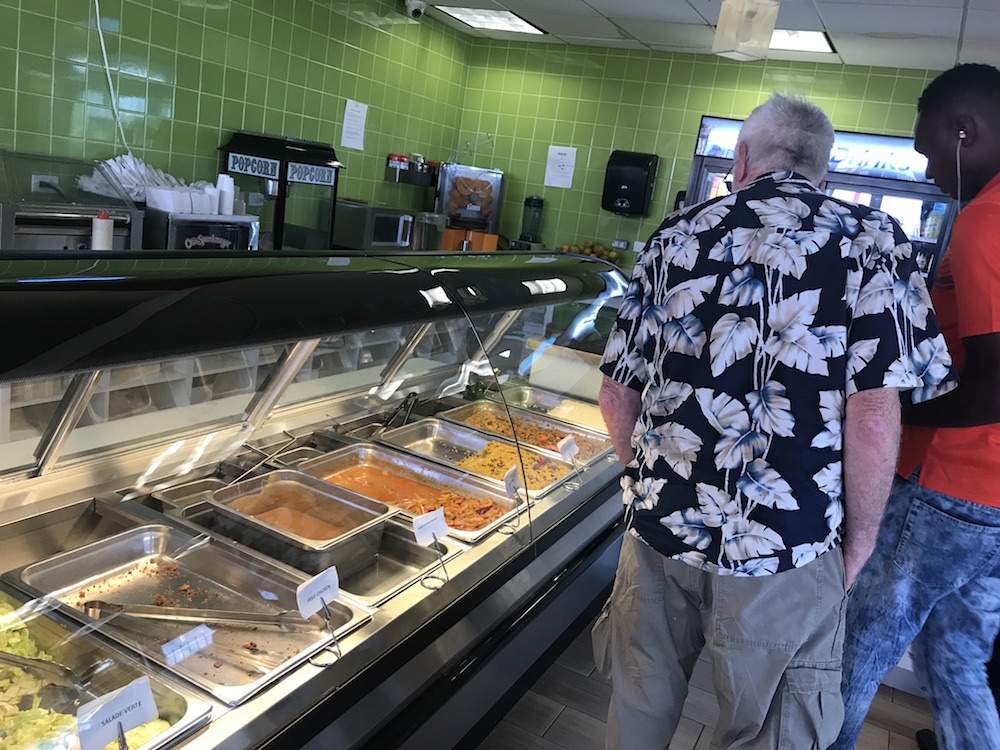
I am told this is my last chance for ice cream, a rare offering in Haiti as everything runs on generators so fridges often go out when generators are not running. Ice cream would go bad, so nobody stock ice cream for that reason. I can’t pass up ice cream, especially knowing this is my last chance to have ice cream for a lon while!

Here is our first glimpse of Haiti streets and Haitians life from the comfort of our car.

This is an interesting mode of transport in Haiti. Very popular. We see these all day long. They are very colorful. They are basically a truck that has been rigged with a top on the truck bed and two benches. Passengers sit on the benches and they tap on the wall when they want to stop and get off: Hence the name “tap tap”. Tap to get on, tap tap to get off. When they say they take the tap tap to get here, that is what they mean. Maybe someday Ed and I will be so local we would fly in and take a tap tap and get to the clinic by ourselves! We won’t need James to pick us up! We can strap the luggage of supplies on the top of the truck!
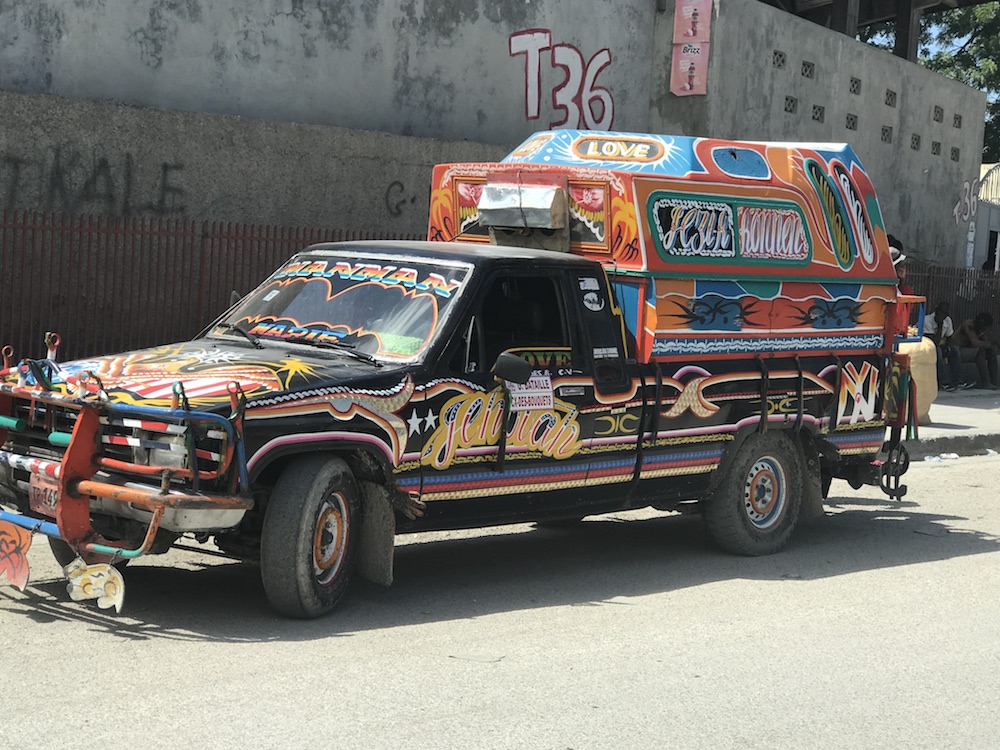
And here is a look at the tap tap truck with passengers inside.
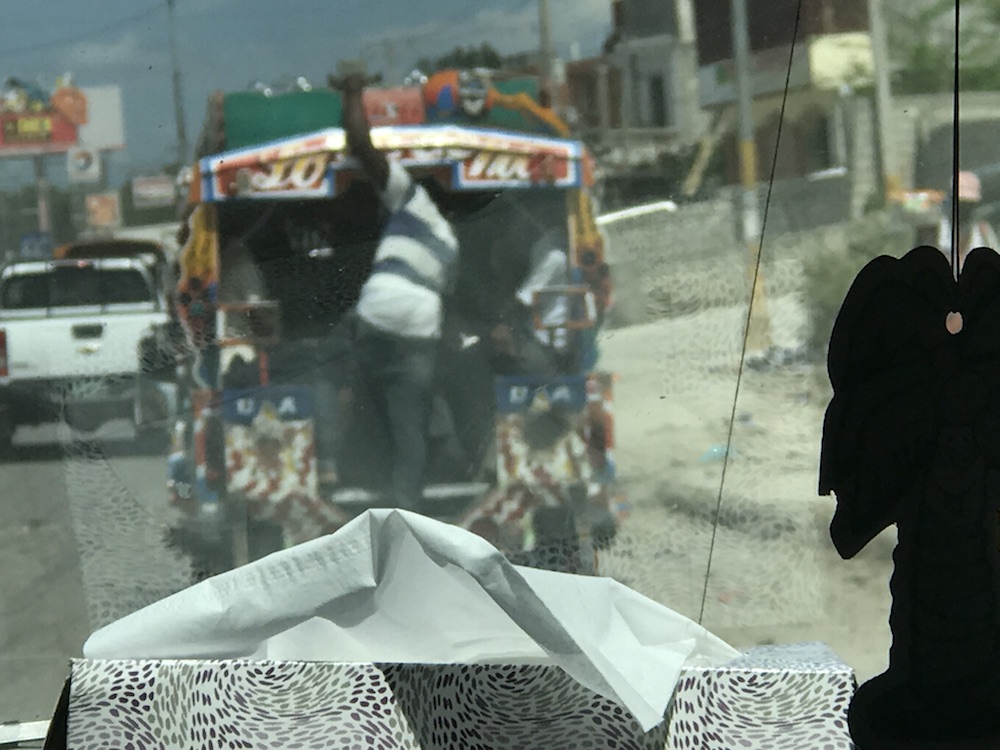
The other popular way to go around, of course, are the scooters.
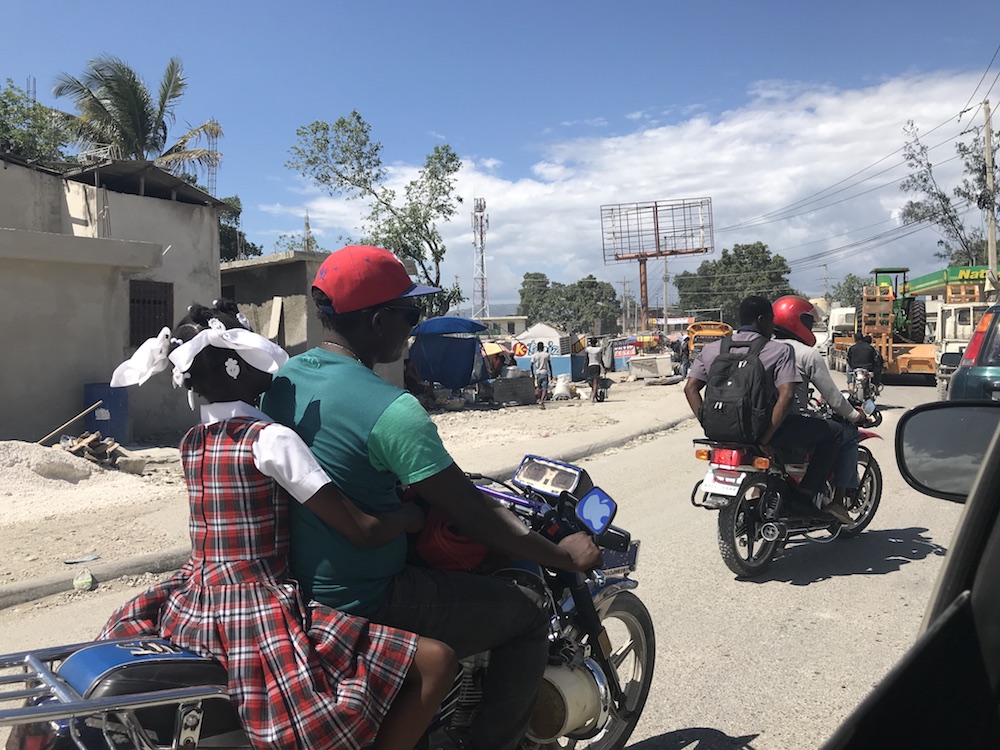
We see a lot of people carrying stuff on the heads. This one uses his hands to hold on to his package but most people just balance them on their heads and walk without any problem. I am always fascinated by these sights as I wonder how in the world do they keep stuff from falling off?
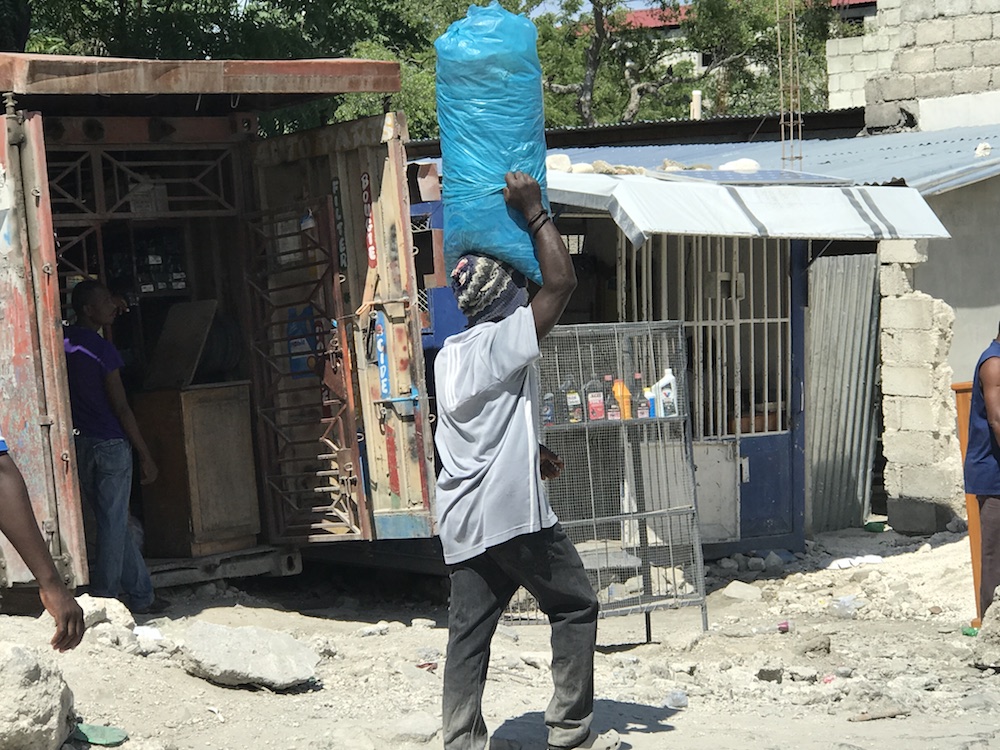
Streets scenes in Haiti. We can see there is still plenty of dust and dirt everywhere.
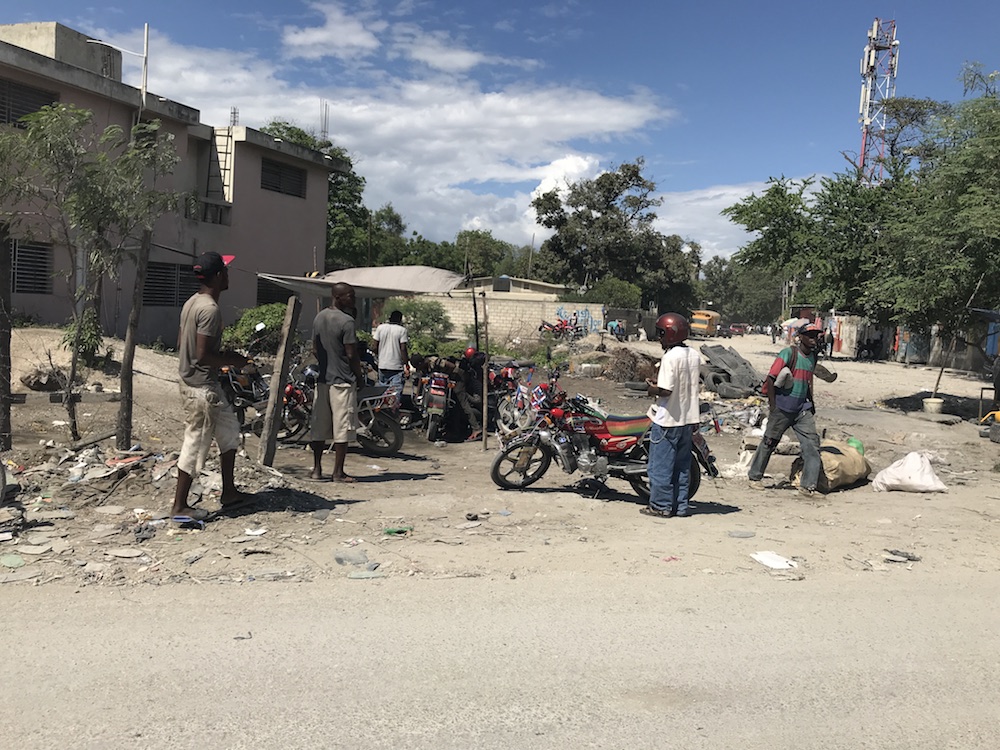

Selling water and snack in congested traffic.
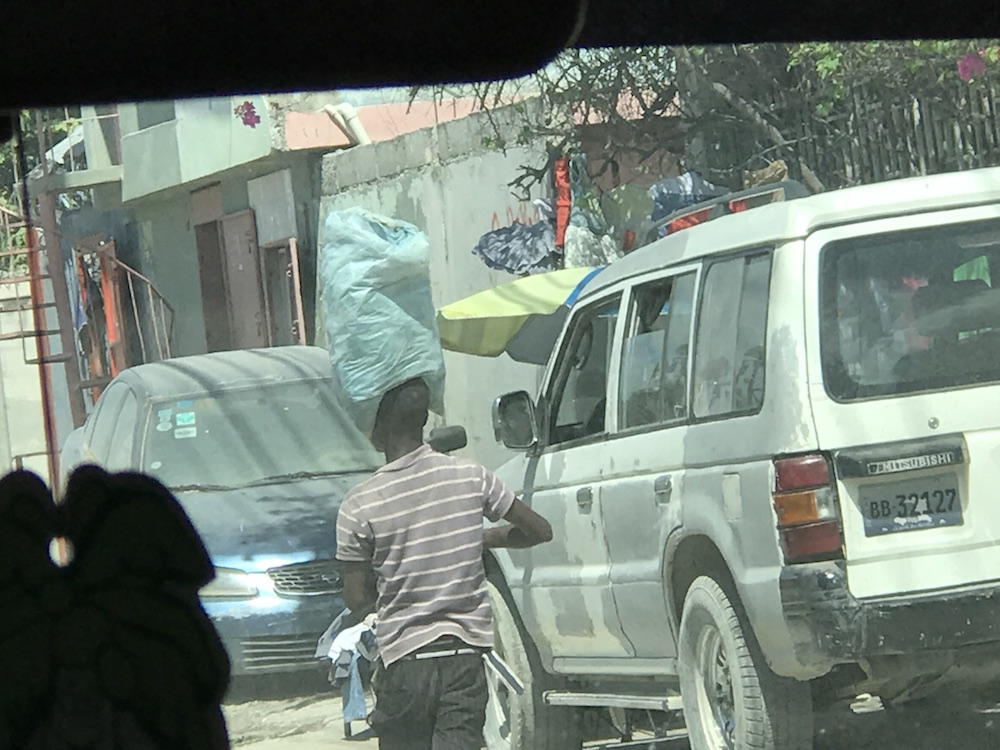
And for a bonus, I get both the colorful tap tap and the lady carrying her things on her head both in one picture!
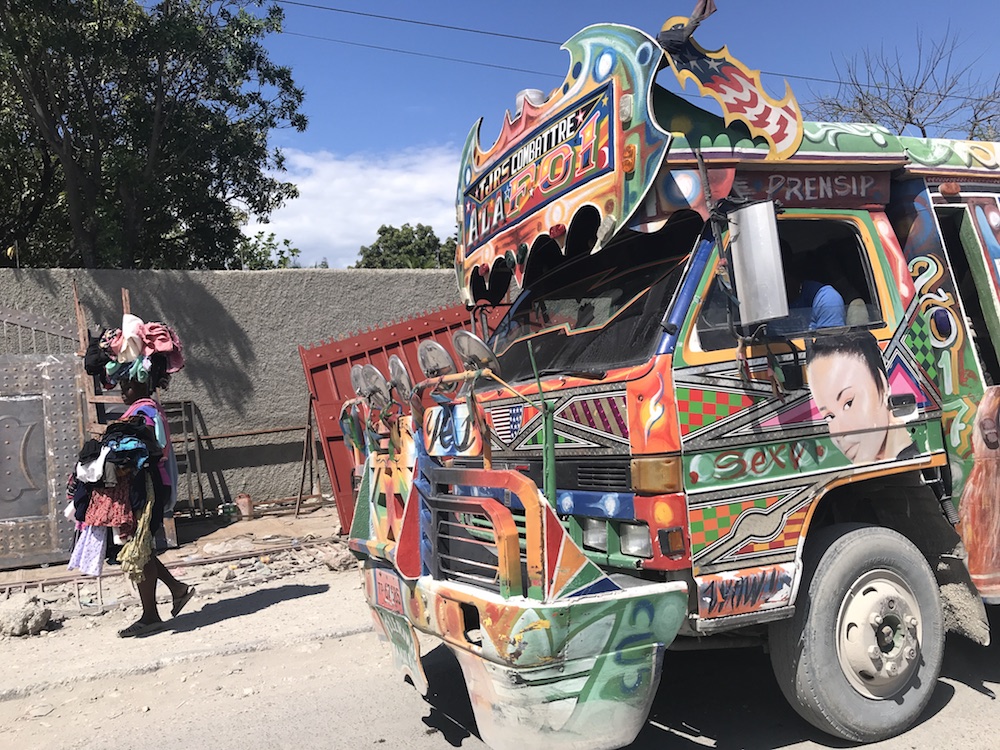
Selling food by the side of the street.
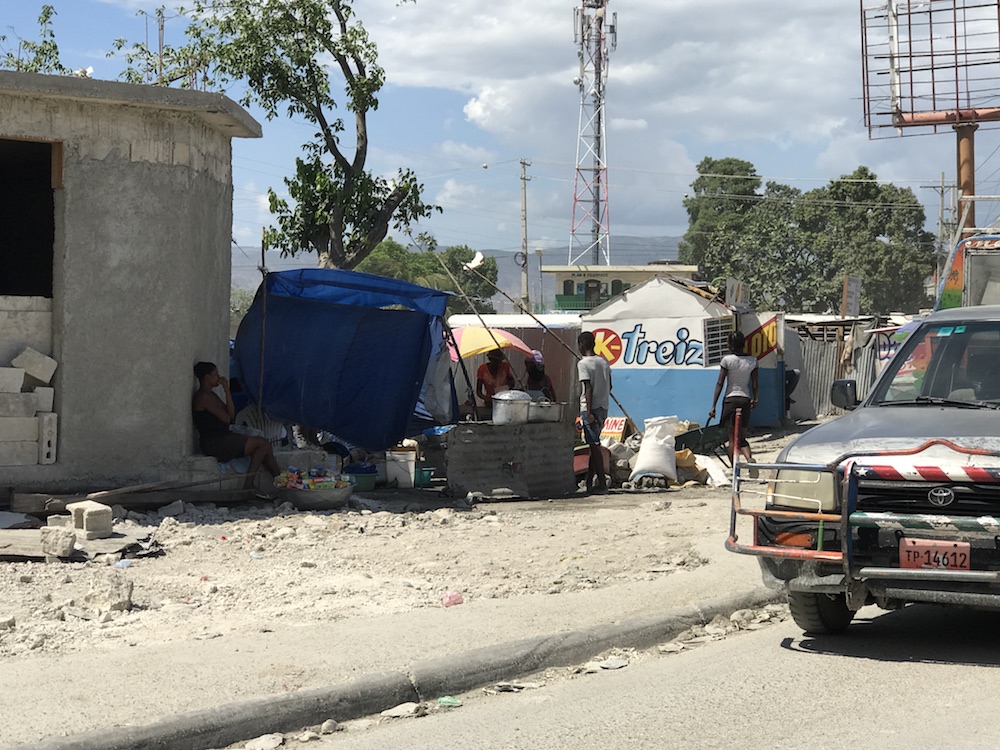
One more stop before we get to the clinic. Russ has to get some more items worked on for the clinic so we get to visit a local group of artists who are making decorative signs out of metals scraps. They are quite beautiful, all made by hand.
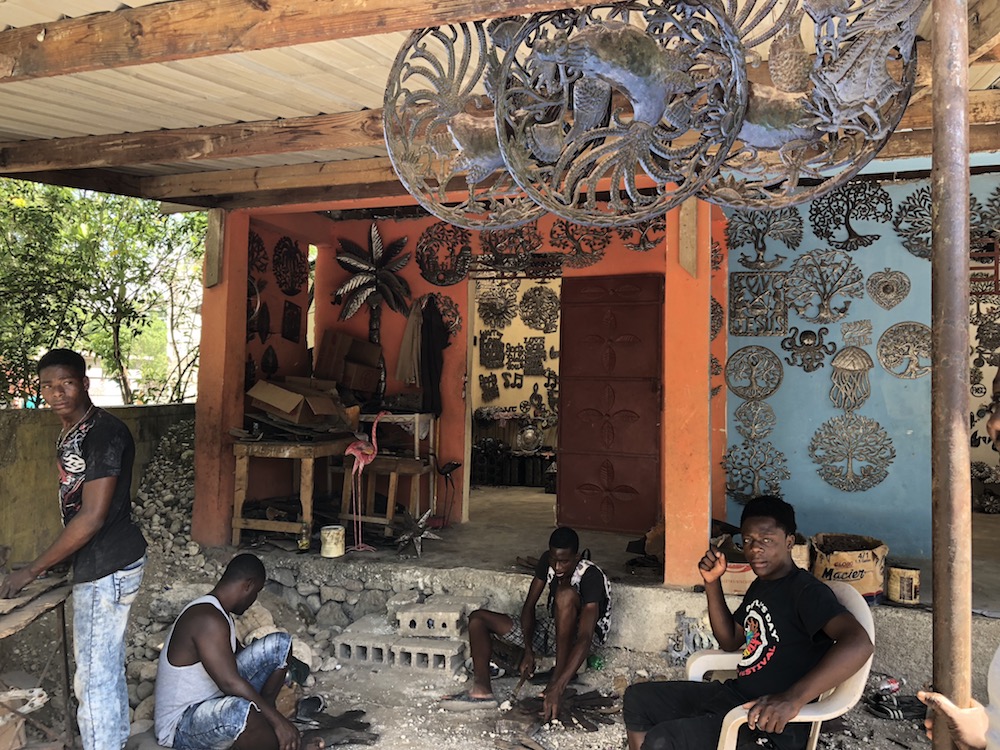
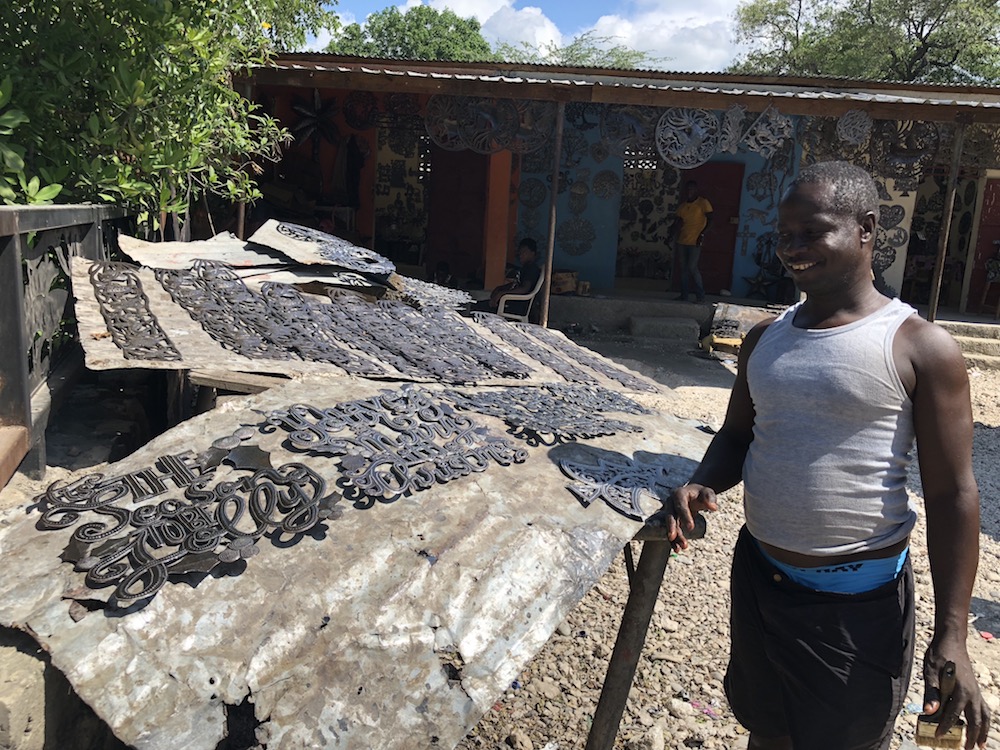


We arrive at the clinic. We are starting to work tomorrow but patients are already there!
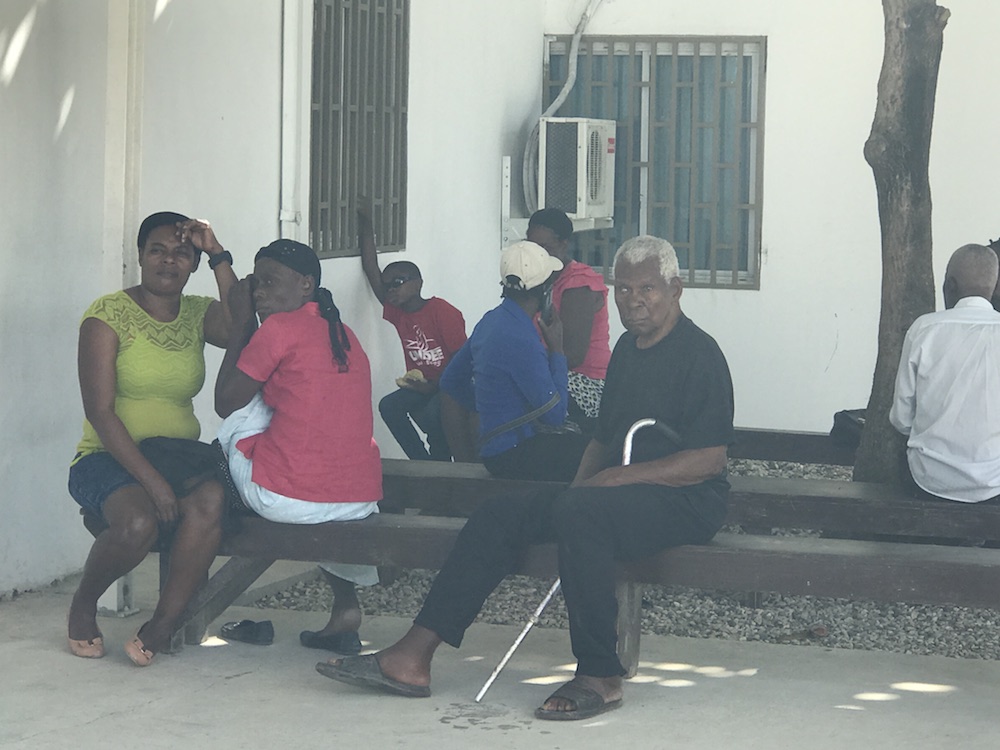
We get to our room. the accommodation is very simple but clean. Dr. Kondrot is not very happy at the sight of two separate twin beds. We have not been apart for one night since we have been married.

Nothing the good doctor can’t fix. He pushes the beds together and voila, a double bed with a crack between the two mattresses is still better than two separate beds one-yard apart from each other.
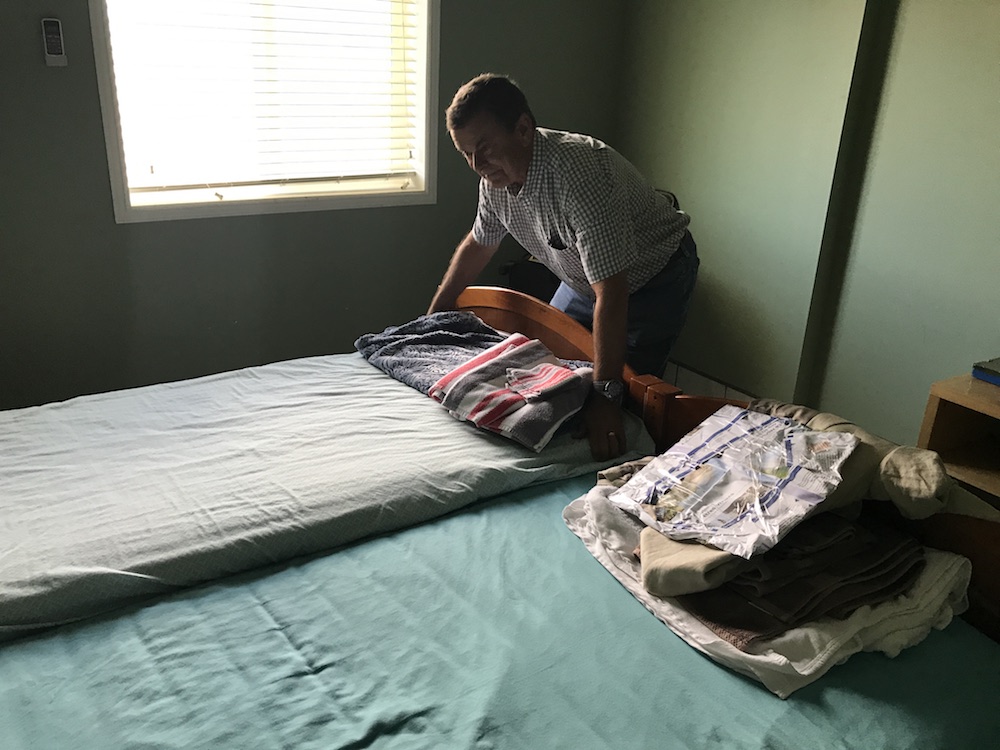
We get some rest, clean ourselves up from the long travel and get ready for a tour of the clinic and get the instruments set up for an early start at the crack of dawn!
Give us your email address below and we will keep you updated on all new posts!
